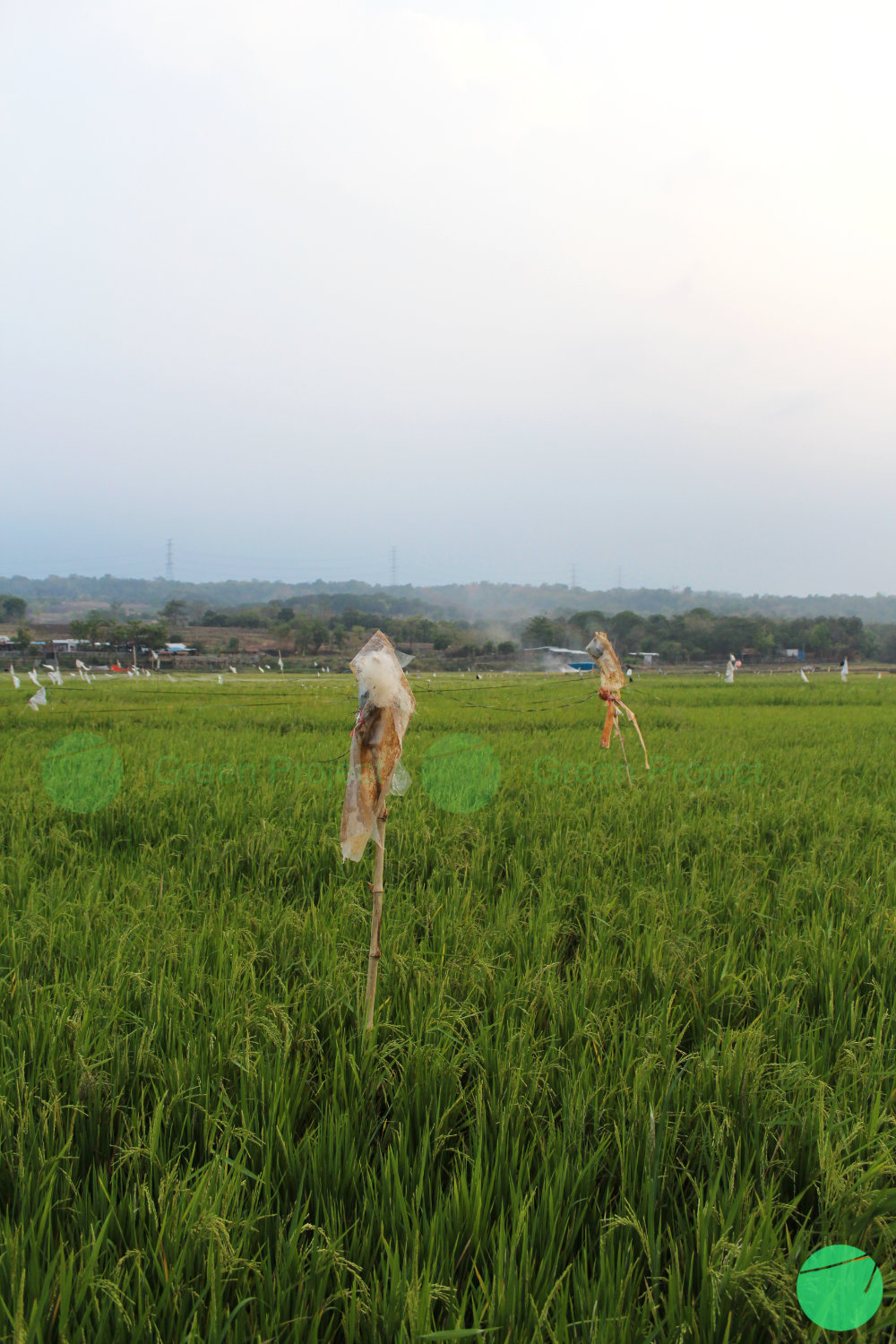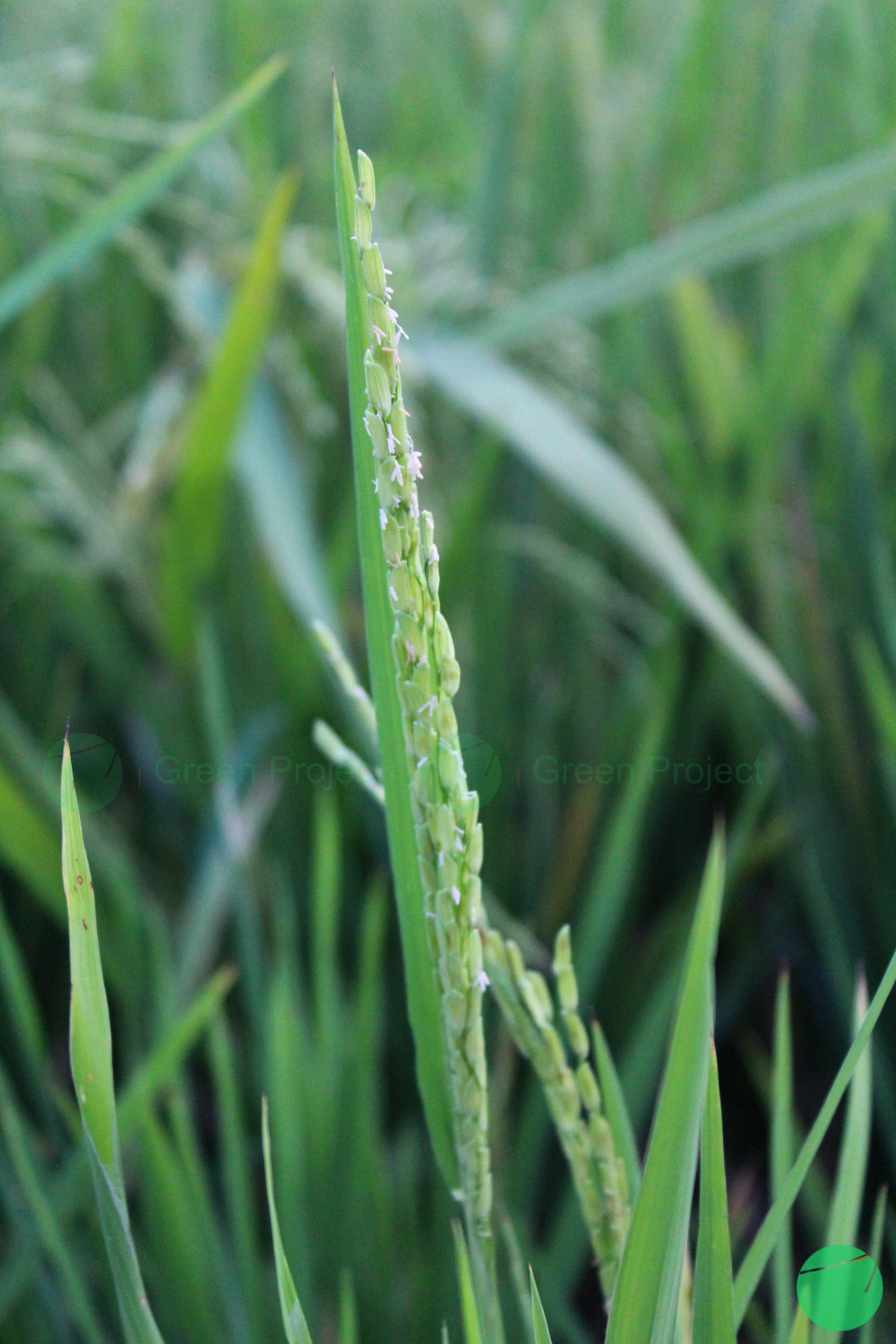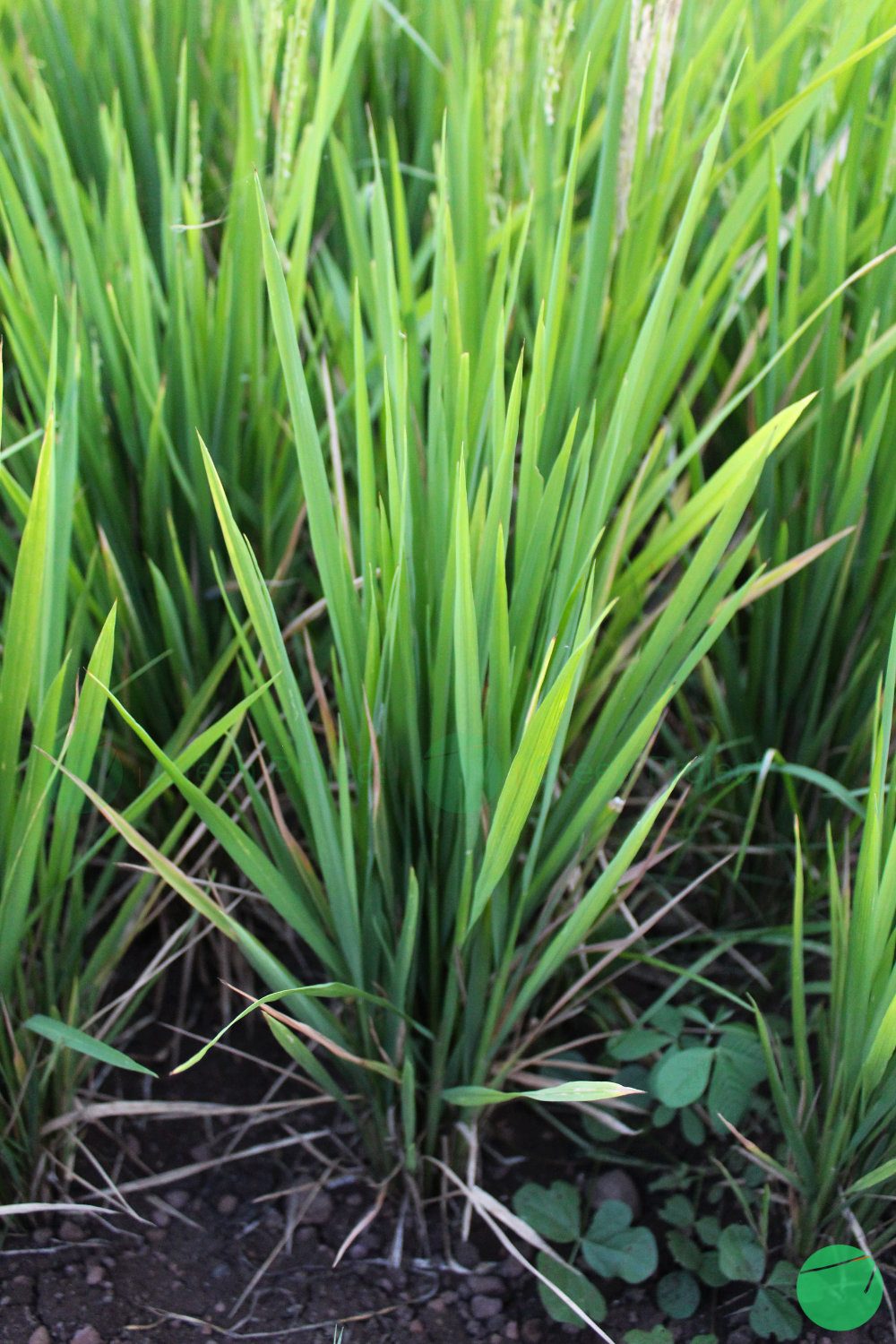Naming Identity
The rice plant, especially which is widely cultivated in Asia, is scientifically named in Latin as Oryza sativa. Internationally in English, this plant is known as Asian rice. The rice plant which is widely cultivated in Africa is scientifically known in Latin as Oryza glaberrima or internationally known as African rice.
Taxonomy
Kingdom | Plantae |
Phylum | Tracheophyta |
Class | Magnoliopsida |
Order | Poales |
Family | Poaceae |
Genus | Oryza |
Species | Oryza sativa |
Subspecies | Oriza indica Oriza japonica Oryza glaberrima |

Origin, Cultivation History, and Distribution
The area where rice was first cultivated is still being debated. However, some researchers believe that rice was first cultivated in China thousands of years ago with a genetic transition from wild rice plants (O. rufipogon and O. nivaara) to cultivated rice (O. sativa).
Until present time, it is still believed that rice cultivation began in the Yangtze River valley in eastern China based on the discovery of 8,000 year-old grains at an archaeological site in the area. However, a team headed by Bin Han, a geneticist at the Shanghai Institute for Biological Sciences of the Chinese Academy of Sciences in 2012 put forward other evidence that rice was first cultivated in the Pearl River valley in southern China (Callaway, 2014).
The findings are based on a comparison between indica and japonica subspecies which are more closely related to wild varieties that grow in the Pearl River valley area. However, there is no archaeological evidence that can support this discovery because the local people in ancient times lived in poverty and were unable to store large amounts of rice, unlike the richer residents of the Yangtze River valley. The inhabitants of the Yangtze River valley were generally hunter-gatherers who cultivated rice and ate mostly acorns, chestnuts, and fish.
Meanwhile, the two main groups of rice, Hsien and Keng, have been known in China since at least the Han dynasty in 1800 AD. Each of the two main groups of rice corresponds to the subspecies indica and japonica (Sweeney & McCouch, 2007). In general, these two groups can be differentiated based on grain shape and amylose content where indica grains are usually longer while japonica grains have a low amylose content, making them sticky after cooking as well as several agroecological characteristics such as japonica which is tolerant of cold temperatures.
The rice variety of the japonica sub-species is a type of rice which has traditionally become a cultivated plant which is widely cultivated in East Asia and Southeast Asia, while indica and aromatic rice types including the Basmati type are traditionally cultivated in areas of the Indian sub-continent or South Asia such as India, Pakistan, Bangladesh, and Sri Lanka. The specialty of aromatic varieties is the fragrance contained in the rice grains. The earliest written record of rice possibly belonging to the aromatic group comes from the Sanskrit text Susruta Samhita dated to around 400 BC (Civáň et al., 2019). The indica subspecies rice variety itself was first cultivated around 8500 - 4500 years ago in the Ganges River (Purugganan & Fuller, 2009).
In West Africa, wild rice O . barthii was domesticated independently into the African rice O. glaberrima around 3,000 years ago. Meanwhile, in South America, archaeological studies show that independent domestication of paddy or rice occurred in pre-Columbian times, but this plant species was no longer cultivated (Jae Young Choi et al., 2019).
The journey for the distribution of rice cultivation in Indonesia started from southern China to Indonesia via Taiwan and the northern Philippines which involved planting local swamps and dry land shifting cultivation. Then, most of the cultivation shifted as Austronesian-speaking populations moved through the Philippines to the equatorial zone and into eastern Indonesia. This happened around 2000 - 1500 BC, which was marked by the spread of Neolithic settlements. However, rice production is gradually disappearing and being replaced by tubers and fruit in eastern Indonesia because conditions tend to be more humid. Wet rice cultivation only began after 500 BC in Java and Bali, especially in volcanic landscapes where terraces could be built (Bellwood, 2011).
The reliefs on the Borobudur temple, which was built in the 9th century AD, also depict granaries and rice plants attacked by rat pestilence. This relief is one piece of physical evidence that explains the long history of the existence of rice plants in Indonesia.

Shape Description and Growth
Rice plants are broadly divided into three subspecies, namely O. indica, O. japonica and O. glaberrima. The indica subspecies is a variety that is widely cultivated in South Asia, such as India and Pakistan, which has the main characteristics of the rice grains being longer and not sticky. In contrast to the japonica subspecies which is shorter and tends to be sticky.
Rice is an annual plant that can grow up to 50 to 130 cm with stems that are erect and bare and consist of clusters and segments (NParks | Oryza Sativa, 2021). Each cluster produces one leaf.
The leaves are arranged in two rows with the leaf midribs first sticking together to form a pseudostem. The leaves have sharp edges.
The flowers are single on short stalks. Each flower is bisexual with 6 stamens and 2 fluffy stigmas.
Rice grains from the rice plant have many color variations, including white, brown, black, purple, and red.
Benefits of Paddy or Rice Plants for Health and Other Uses as Food and Cultural Ingredients
Rice contains lots of carbohydrates which can increase energy but can also increase blood sugar. On the other hand, brown rice contains more fiber which can help maintain intestinal health and reduce inflammation (Atli Arnarson Ph.D, 2020).
Black rice is said to have high nutritional value because it is a rich source of various vitamins such as vitamins A, B, and E, amino acids, and lipids as well as dietary fiber. The presence of the flavonoid plant pigment anthocyanin in black rice contributes to its purple-black color and strong antioxidant properties (Bhardwaj et al., 2023).
In traditional medicine, rice grains are rubbed on the skin to treat boils, wounds, swelling, and blemishes, and the sticky rice is used in the treatment of stomach aches, heartburn, and indigestion. Brown rice extract has been used as a treatment for breast and stomach cancer, as well as digestive disorders, nausea, and diarrhea (Asian Rice - Oryza Sativa | Plants | Kew, 2019). Meanwhile, apart from its use as a food ingredient and medicinal plant, rice grains are also used as fuel with the oil used as a skin coating. Meanwhile, in India, rice straw is used as animal bedding and paper and is sometimes used as rope and straw.
As one of the staple foods in various countries, especially in Asia, rice has been present for thousands of years in various cultural activities. Indonesia is no exception, where the plurality of society has given birth to many different cultures. Rice is so highly valued in Indonesia that many cultural rituals have been created as a form of respect for its existence in the country.
There are several cultural activities that are related to rice, namely sowing turmeric rice as part of the traditional Malay Daik Lingga wedding procedures in Sumatra, the Bebehas tradition as part of the tradition of collecting rice which is only carried out by mothers and young women in Muara Enim in Palembang, South Sumatra. , the beas perelek tradition as a tradition that maintains food stability in West Java as well as the mbisu tradition or silent practice carried out by the Sundanese people in West Java and by the Javanese people in Central Java.

Rice Industry in Indonesia
Based on data obtained from the Indonesian Central Statistics Agency, it is reported that in 2023 the rice harvest area is estimated to be 10.20 million hectares with rice production of around 53.63 million tons of dry-milled grain. This amount, after being converted into rice for food consumption by the population, is estimated at 30.90 million tons.
From this data, it was found that Indonesia has experienced a decrease in rice harvest area in 2023 by 2.45 percent from the previous year which was 10.45 million hectares. Thus, Indonesia has lost 255.79 thousand hectares of harvested area and 645.09 thousand tons of rice production.
Meanwhile, based on data from the USDA Foreign Agricultural Service, Production, Supply, and Distribution, it is reported that China is the largest rice producer in the world with a total of 147,691 million tons per year, followed by India with 125,038 million tons, Bangladesh with 35,511 million tons and Indonesia in second place. fourth as much as 34.360 million tons. However, based on data for 2021 to 2023, the 8 largest rice exporting countries in the world are India, Thailand, Vietnam, Pakistan, the United States, China, Burma and Cambodia.